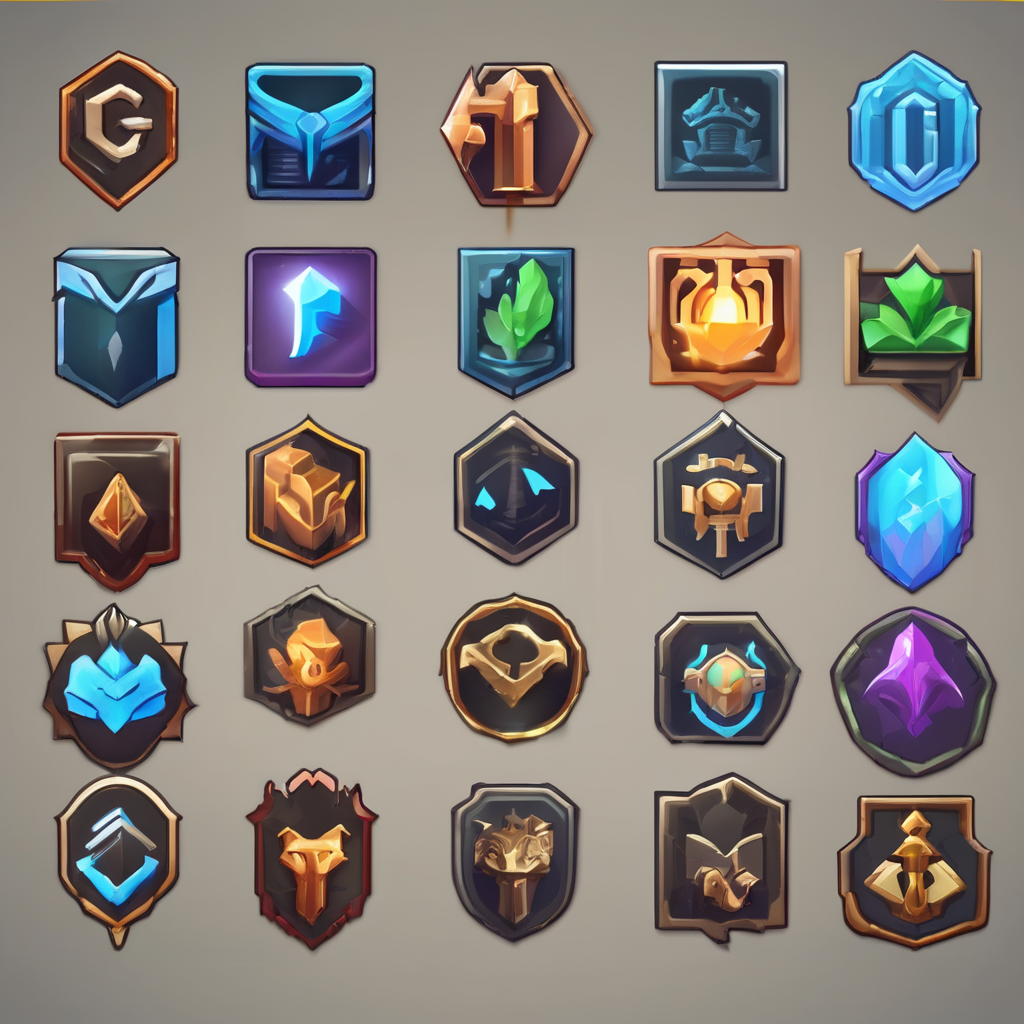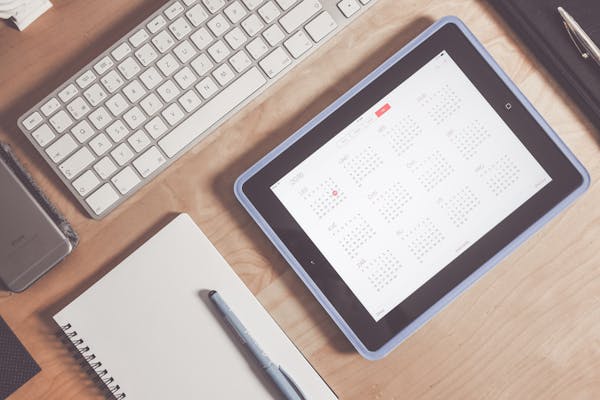Managing events across Google and Outlook calendars often leads to frustrating double bookings and time lost toggling between apps. Real-time syncing solutions like CalendarBridge remove these hurdles by instantly updating events on both platforms. This seamless integration not only saves time but also offers customizable privacy controls and supports multiple calendars in one unified view, making calendar chaos a thing of the past.
Essential solutions for seamless synchronization between Google Calendar and Outlook
To achieve real-time, secure calendar integration between Google and Outlook, start with a method that matches your platform and privacy needs. This page, https://syncthemcalendars.com/, details everything.
Topic to read : Seamlessly connect google and outlook calendars instantly
For a straightforward, two-way calendar syncing experience, services like SyncThemCalendars and some trusted plugins support instant updates—meaning your events, reminders, and even busy statuses reflect across platforms within seconds. After a simple setup, events created or modified in Google Calendar instantly appear in Outlook, and vice versa, preventing double bookings and missed meetings.
Setting up a sync typically involves logging into your Google and Outlook accounts, granting minimal permissions, and choosing which calendars and event details to synchronize. You can often restrict sensitive information by syncing only free/busy status, helping to maintain confidentiality. Some solutions enable overlays, so you can compare multiple calendars side-by-side before confirming appointments, reducing errors.
In parallel : What role does cybersecurity education play in UK schools?
Remember to check compatibility—most services support popular Outlook (including Microsoft 365) and Google Workspace accounts. Always verify that your data remains private: opt for platforms that use secure connections, never store your credentials, and let you audit or delete synced data at any time.
Best tools and platforms for Google–Outlook calendar synchronization
Overview of trusted calendar sync solutions: CalendarBridge, SyncThemCalendars, and Outlook Google Calendar Sync
CalendarBridge delivers real-time synchronization between Google, Outlook (including Microsoft 365), and iCloud, reflecting calendar updates nearly instantly. Its Unified Calendar View brings all connected calendars together, enhancing management for both personal and professional purposes. Users can customize which event details sync, such as marking events as “busy” for privacy. Enterprise features offer centralized billing and admin controls, ideal for teams.
SyncThemCalendars focuses on simple, efficient, and secure two-way syncing, letting users mirror their free/busy statuses and events across Google, Office 365, and Outlook.com. With setup requiring just a few clicks, this platform supports hiding event details to protect privacy and provides cross-service coverage for professionals with complex schedules.
Outlook Google Calendar Sync is a robust, no-cost utility supporting Outlook versions from 2003–2021 and Microsoft 365. It synchronizes attendees, reminders, statuses, and categories, allowing for both one-way and bidirectional syncing. Custom sync options, merge features, and privacy-aware controls help avoid duplication and keep sensitive data protected.
Practical setup: How to link, sync, and manage Google and Outlook calendars
Importing Google Calendar into Outlook via iCal URL and direct integration
To add a Google calendar to Outlook, first access your Google Calendar settings, locate the “Secret address in iCal format,” and copy it. In Outlook, use Add Calendar → From Internet, then paste the iCal URL. This creates a subscription that keeps events in sync—though updates are not instant, they appear periodically. For one-off imports, download your Google Calendar as an .ics file, then use Outlook’s Import/Export wizard. Imported events are static; they don’t update if your Google calendar changes.
Setting up two-way syncing between Google and Outlook using third-party apps
For seamless two-way calendar syncing, specialized sync apps like Outlook Google Calendar Sync or https://syncthemcalendars.com/ bridge changes in both directions. These platforms maintain real-time event updates, support privacy controls, let you sync selected calendars, and minimize double-booking risks across accounts. Setup typically takes a few minutes, requiring authentication and permission granting for both platforms.
Managing calendar overlays, shared access, and event visibility in a unified calendar view
Overlay functions in Outlook and Google enable users to view multiple calendars—work and personal—at once for coordination. Adjust sharing permissions so others see either your full event details or just your free/busy status, depending on privacy needs. Customizable sync rules further help tailor visibility, ensuring sensitive event specifics remain private while preserving efficient scheduling.
Troubleshooting, privacy controls, and advanced calendar sync strategies
Solving common syncing problems and error messages
Precision: The SQuAD approach defines correct syncing as matching tokens—if details or times do not match, errors exist.
Sync failures between Google and Outlook calendars are often triggered by invalid credentials, network limitations, or outdated permissions. You may see error messages like “Could not connect to server” or “Calendar not found.” To resolve common syncing errors:
- Double-check login credentials and verify you’ve granted the requested permissions.
- Update both your calendar apps to their latest versions.
- Re-authorize or reconnect accounts if tokens or permissions lapse.
- For persistent delays, try toggling calendar sync off and back on, or clear the app cache.
- If a calendar won’t sync, check if you’re within quota or if the sync app is running in the background.
Customizing event visibility, privacy, and sync frequency across accounts
Control over event details and privacy helps protect information: sync only “busy” status while hiding names or descriptions. Adjust sync frequency (e.g., every 1–5 minutes or longer) to balance up-to-date data and device performance. Most platforms allow custom rule creation for event sharing between Google and Outlook, securing sensitive details.
Enterprise solutions: group calendar creation, admin controls, centralized management for organizations
Organizations benefit from centralized calendar management. Admins can configure group calendars, manage sharing rules, resolve sync conflicts, and provide employees with seamless access while safeguarding privacy and minimizing double-bookings.



